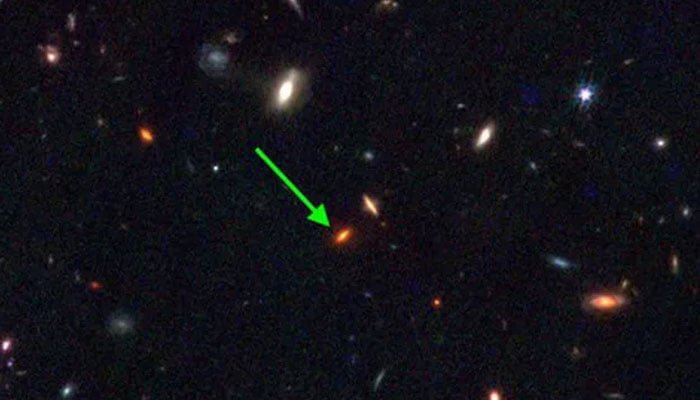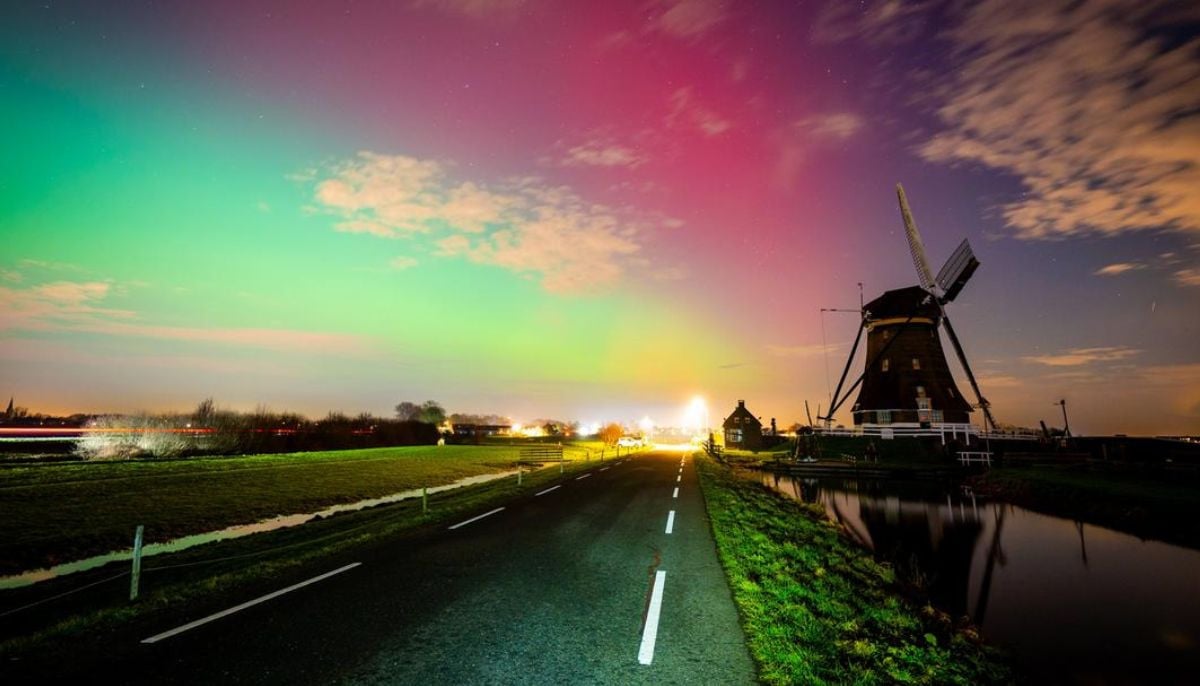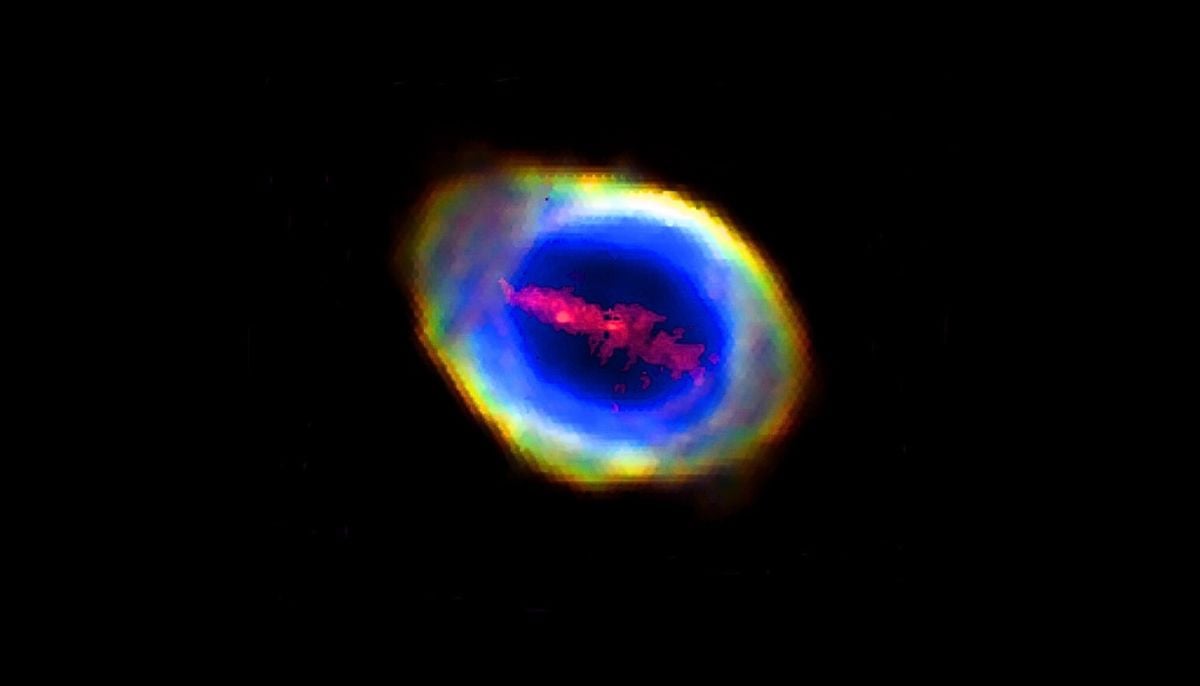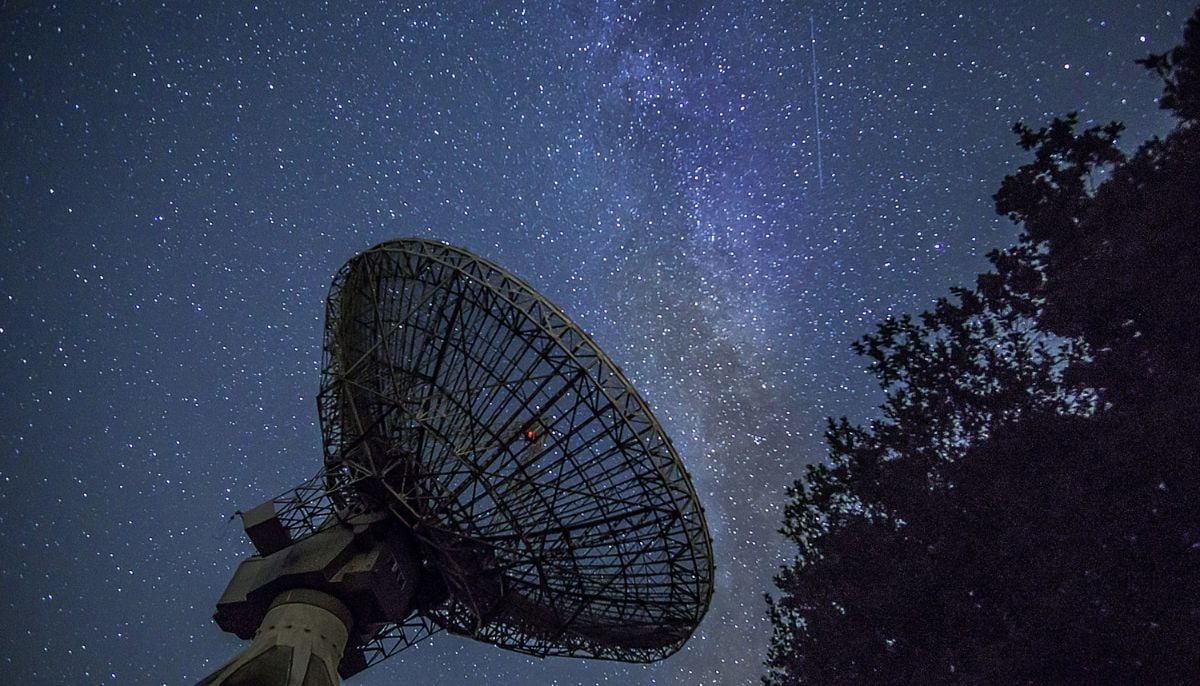Nasa's JWST spots 800m-year-old ghost galaxy that's impossible to exist
ZF-UDS-7329 galaxy that developed barely 800 million years may turn whole universe upside down
Nasa's James Webb Space Telescope (JWST) has discovered a galaxy in the early universe that is so huge that it shouldn't exist, presenting a "significant challenge" to the current model of cosmology.
ZF-UDS-7329 is a galaxy that developed barely 800 million years into the 13.8 billion-year history of the universe, but it has more stars than the Milky Way, according to Live Science.
This means that in contrast to what the traditional paradigm of galaxy formation suggests, they were somehow born without dark matter fuelling their formation.
"Having these extremely massive galaxies so early in the universe is posing significant challenges to our standard model of cosmology," study co-author Claudia Lagos, an associate professor of astronomy at the International Centre for Radio Astronomy Research, said in a statement. "This is because massive dark matter structures, which are thought to be necessary components for holding early galaxies together, did not yet have time to form this early in the universe," Lagos added.
Since light moves through vacuum space at a set speed, our ability to see farther into the cosmos and observe farther back in time increases with our depth of field of view. Because of this, scientists were able to detect ZF-UDS-7329 using JWST.
The researchers discovered that the stars in this very distant galaxy were formed 1.5 billion years before that observation, or about 13 billion years ago, by examining the light spectra from the stars.
Although the exact time of the initial star clusters' formation into the galaxies we see today is unknown to astronomers, cosmologists have previously calculated that the process started slowly in the first few hundred million years following the Big Bang.
According to current beliefs, gas and dark matter halos—an enigmatic and unseen material thought to constitute about 25% of the universe—combined to produce the earliest galaxies.
The early protogalaxies reached adolescence after the cosmos had existed for one to two billion years. They then formed into dwarf galaxies, which started consuming one another to become larger ones similar to our own.
-
Bamboo: World’s next sustainable ‘superfood’ hiding in plain sight
-
NASA Artemis II rocket heads to the launch pad for a historic crewed mission to the Moon
-
Blood Moon: When and where to watch in 2026
-
Elon Musk’s Starlink rival Eutelsat partners with MaiaSpace for satellite launches
-
Blue Moon 2026: Everything you need to know
-
Scientists unravel mystery of James Webb’s ‘little red dots’ in deep space
-
ISS crew of four completes medical evacuation with safe splashdown off California
-
Annular solar eclipse 2026: Here's everything to know about the ‘ring of fire’












